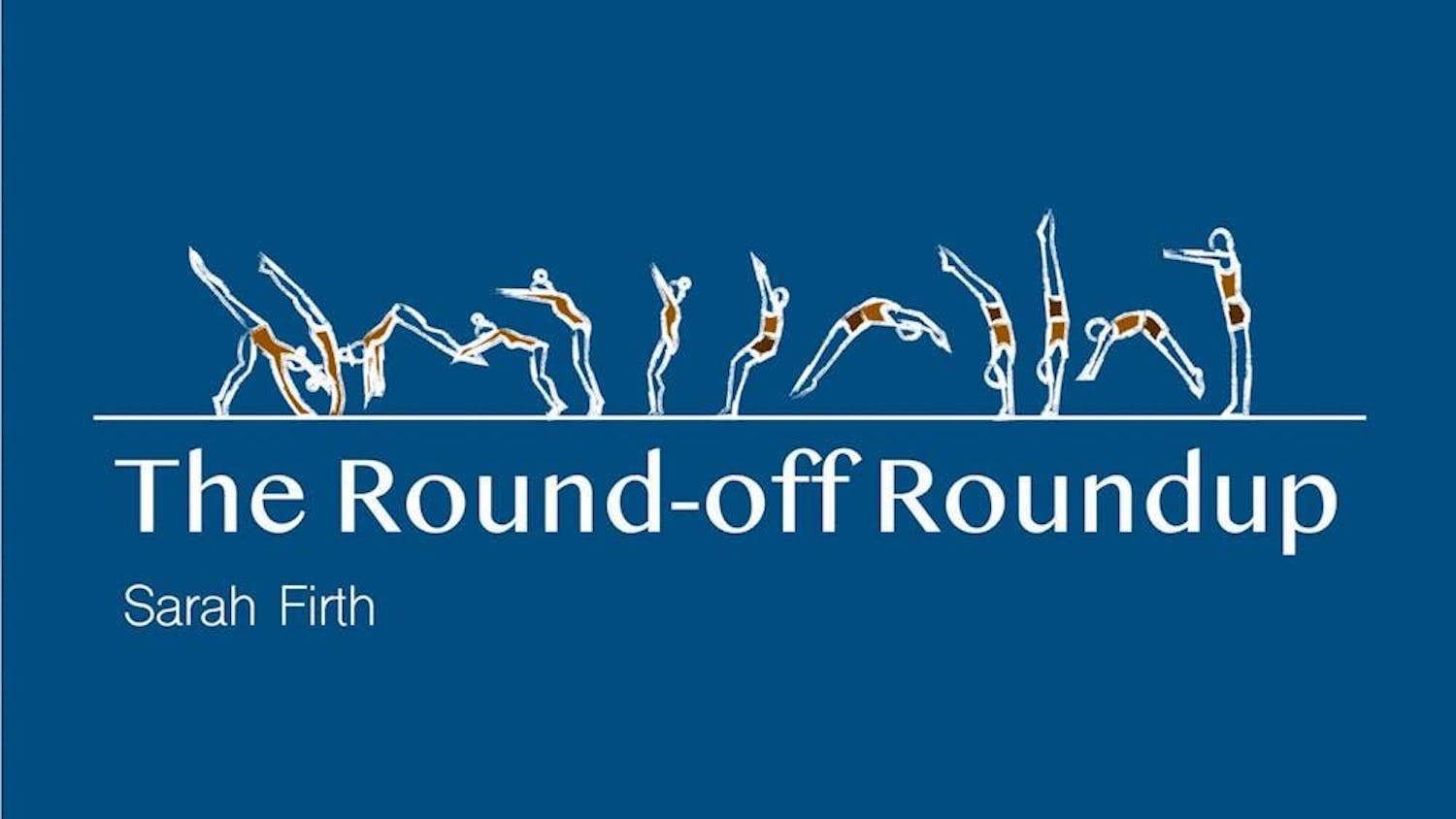Look me in my eyes. Admittedly, this may be quite an ask, given that through this newspaper column, my identity is somewhat abstract. If you could look into my eyes, maybe they really would tell the full story. Eye contact improves cognition and attention, after all. For the time being, please look me in my Is, as I elucidate that endlessly entrancing, palindromic organ: the eye.
For over 500 million years, eyes have existed in myriad forms across the spectrum of life on Earth. Each of us is adorned with our very own iteration in this endless saga of sight, as the coloration of every person’s irides is entirely unique — ringing our pupils in a twisting, sparkling latticework of brilliant hues wrought solely from tiny muscles and the expression of melanin. Our eyes are gorgeous.
Oftentimes, I find myself entranced by a particularly prismatic pair of peepers, but fortunately I’m not alone. Babies love to look at faces that meet their gaze more than any other stimulus. This is actually by design, as their white sclerae and elongated shapes specifically facilitate eye contact. Therefore, our eyes are imbued with more than just beauty, they signal something of intense power: acknowledgement. In Latin, respicere means “to look back at.” Thus, I respect someone when I allow our eyes to lock. We want others to meet our eyes. Unlike other animals who expressly avoid eye contact, we use our eyes to not just communicate, but to be exposed and to be realized as a person in the mind of another.
Then, our eyes become quite a valuable feature, beyond their obvious utility in experiencing the visual world. In fact, by pentateuchal law, if I should seriously err, I must pay “breach for breach, eye for eye” — Leviticus 24:20, King James Bible. This formulation of justice is called the ‘talion,’ which prevailed in many early honor cultures and still influences our justice systems today. Justice – the measure of what is even, good, fair, equal — was, and is, predicated on the exchange of eyes for eyes. My blindness requires another to be robbed of their sight in order for me to be whole. The eye becomes the baseline for loss, for property, for value. And what the eye symbolizes is the most fundamental quality of a complete life, the first and most potent thing that a human can possess.
The Bible goes a step further, for it proclaims that “the light of the body is the eye” — Matthew 6:22, King James Bible. The eye is that which requires illumination in order to function; the eye illuminates the entire body in turn. Our perception, our judgment, our experience all center on the eye. It guides us through both the social and physical world. Therefore, the soul and the entirety of our being are partially filtered through the thin film of our cornea and reflected onto our retina. To some extent, what we see and what we see with is what we are. I am what eye am.






